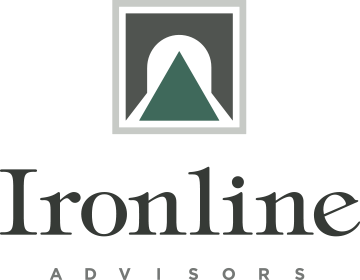By Stan Bailey, Chairman & Founder
For lower middle market companies, customer concentration is often an initial due diligence issue to buyers mainly because of the 80/20 Rule. In many successful private companies, 20-30% of the seller’s top customers account for over 80% of the profits.
The biggest fear of buyers and investors is that once a deal closes, the top accounts either exit or make demands for price concessions. Subsequently, Acquiror returns are disastrous, and the road to rebuild revenues is painful.
Our approach to solving this problem is simple. Anticipate the issue before starting the transaction process and put remedial steps in place – long term contracts and growth of second tier customers. It’s also important to provide buyers with additional color related to top customers to determine the critical stability and loyalty of that account.
Oftentimes, a deeper dive into diligence and full disclosure of the historical customer relationship alleviates buyer concerns, because the seller was doing something to create a happy group of key customers who really wants the target to succeed and not disrupt their operations.
The best seller practices when there’s concentration.
- Talk to multiple touchpoints within the accounts where there’s concentration – who’s the day-to-day contact, key decision makers and influencers, and purchasing or procurement responsibilities.
- Understand how the relationship is really structured:
- What are the key criteria for selecting a vendor in the category, and how does the target company perform within that criteria – particularly compared to competition?
- How well does the target company resolve problems? All companies at some point will have a problem-issue. What’s important is how well they handle it. We know that achieving a 75%-80% satisfaction rating in problem-resolution will reflect positively on the stickiness of the relationship.
- Who is the go-to supplier for new projects or programs? If it’s not the target, why not?
- Importantly in the B2B world, ask how likely would the contact be to recommend the target company to another colleague in their company or industry?
The best buyer practices when there’s concentration.
Regardless of how well the seller explains its customer concentration profile, buyers will seek additional protection to guard their returns. These may take several different forms:
- Lower the initial purchase price multiple.
- Shift a larger portion of the total purchase price into a seller earnout based on top customer retention.
- Retention of the seller CEO to provide the appearance of company stability accompanied by an owner’s note or earnout tied to customer retention.
- Buyer meetings with top customers prior to closing to gauge their retention
Recently, we sold a B2B company with one customer providing over 90% of the target company’s revenue and profitability from one of its operating divisions. Upon further analysis of the seller, we realized that the customer was a very large, multi-location, blue chip client. We also learned that there was a shortage of competitors and an ability to expand the seller’s contractual services to other independent divisions within the company. A strategy was put in place to add new long-term contracts for several other divisions while dramatically growing revenue and profitability to attract larger acquirors. Ultimately, the seller was acquired by a strategic buyer seeking an entry vehicle to the one customer. With new long term, transferable contracts in place, the seller and buyer met with the customer pre-closing to ensure a good customer relationship and business retention.
Stan Bailey is the Founder and Chairman of Ironline Advisors, a lower middle-market M&A advisory firm headquartered in Birmingham, Alabama with offices in Dallas, Texas and Lexington, Kentucky. For the past twenty-seven years, he has completed dozens of M&A transactions for corporations, private equity firms and his own investment portfolio.
Ironline Advisors provides business transition services, including strategic value maximization, generational business transfer, and M&A advisory to lower middle-market, privately-held companies. With years of business and transaction experience, Ironline’ s team of professional advisors has senior management, operations and transaction expertise to assist their clients with transition-related activities. For more information, visit www.Ironlineadvisors.com or contact Ironline at (205) 873-9597.






